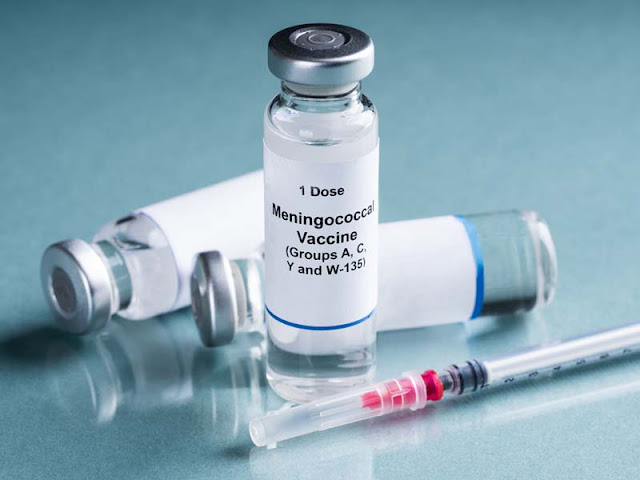Revolutionizing Power Generation: The Evolution of Steam Turbine Technology
 |
| Steam Turbines |
The steam turbine is a rotary
heat engine that extracts thermal energy from pressurized steam and uses it to
do mechanical work driving the generator to produce electricity. The steam
turbine is one of the most efficient and reliable machines ever invented. It
uses steam as the working fluid and produces continuous rotary motion to drive
an electrical generator in most electric power plants. Steam turbines are also
used to drive ships and trains as well as large pumps, generators, and
compressors. In this article, we will explore the working principle, types,
components, and applications of steam turbines.
Working principle of steam
turbine
A steam turbine works on the
simple principle that steam contains heat energy which can be converted into
kinetic energy to rotate the turbine blades. In a steam turbine plant, coal,
gas, or oil is burnt in a boiler to heat water into high-pressure steam. This
high-pressure steam carries a significant amount of thermal energy. The steam
is then directed into the turbine through steam nozzles where it expands
rapidly and the pressure and temperature decrease. The force of expanding steam
pushes against the turbine blades and rotor, causing them to rotate at high
speeds of up to 3600 revolutions per minute. The rotating shaft of the turbine
is connected to an electrical generator which produces electricity. After
leaving the turbine, the low-pressure exhaust steam contains very little usable
energy and is discharged into the condenser where it condenses into water and
is returned to the boiler as feedwater to repeat the cycle.
Types of steam turbines
There are mainly three types of
steam turbines based on how the steam flows through the turbine:
Impulse turbines: In an Impulse
turbine, jets of steam strike stationary turbine blades. The kinetic energy of
steam jet is transferred entirely to the blades causing rotation. Impulse
turbines are used mainly for lower power applications below 500 kW.
Reaction turbines: In a Reaction
turbine, the steam transfers some heat energy to the rotor blades causing
pressure and volume drop in the steam. The rotating blades accelerate the steam
further. Reaction turbines are common for medium power applications between 500
kW to 50 MW.
Impulse-Reaction turbines: This
combines the principles of Impulse and Reaction turbines to utilise both the
kinetic energy of the high-velocity jet and the pressure energy.
Impulse-Reaction turbines are suitable for large power applications over 50 MW.
Major components of steam turbine
The major components of a steam
turbine includes:
Casing - It encloses the entire
turbine and buckets. Casings are made of steel and maintained at high vacuum to
prevent heat loss.
Rotor - It is the rotating shaft
joined by blades which is connected to the generator. Rotor spins at high
speeds due to steam pressure.
Blades or buckets - They are
cylindrical or curved airfoil shaped projections extending radially from the
rotor. They convert thermal energy into rotary mechanical energy.
Nozzles - Nozzles control steam
inlet into the turbine. The jets strike thebuckets at an optimum angle for
maximum energy transfer.
Throttle valve - It regulates
steam flow and pressure to control the output of the turbine.
Condenser - It condenses the low
pressure exhaust steam from the turbine into water using circulating cooling
water.
Applications of steam turbine
Some important applications of
steam turbines include:
Electricity generation - steam
turbines are highly used in thermal power plants to drive electric
generators and produce electricity on a large scale.
Ships - Propulsion steam turbines
power the large ships and also used for cargo vessels, battleships and nuclear
submarines.
Locomotives - Steam turbines were
commonly used in steam locomotives before diesel locomotives replaced them.
Desalination plants - They are
used to drive large water pumps that push sea water through reverse osmosis
membranes to produce freshwater.
Petroleum refineries - Steam
turbines help to drive critical process equipment like pumps, blowers and
compressors in refineries.
District heating - Enables
distribution of steam generated from cogeneration plants for residential and
commercial heating purposes.
Process industries - Industries
use steam turbines for many processes like paper making, sugar refining,
chemical plants due to high efficiency and reliability.
Get More Insights Here



Comments
Post a Comment